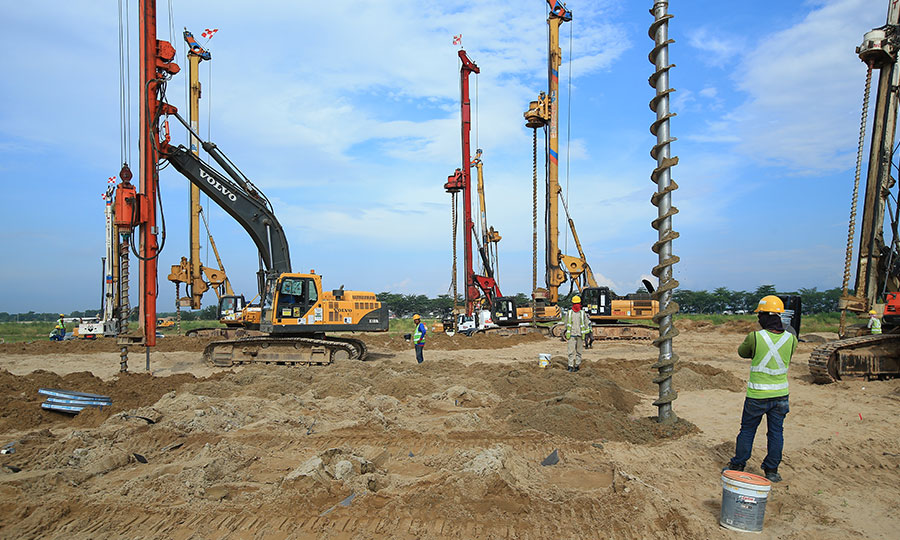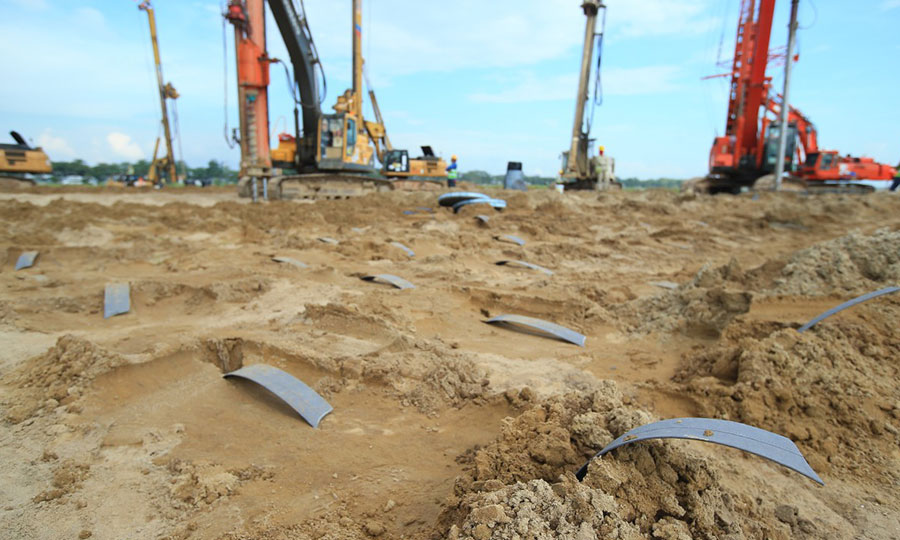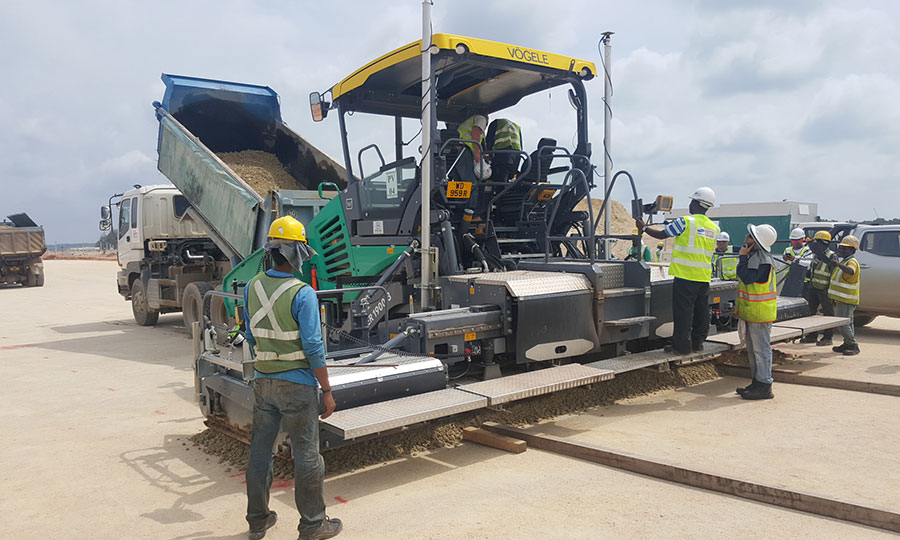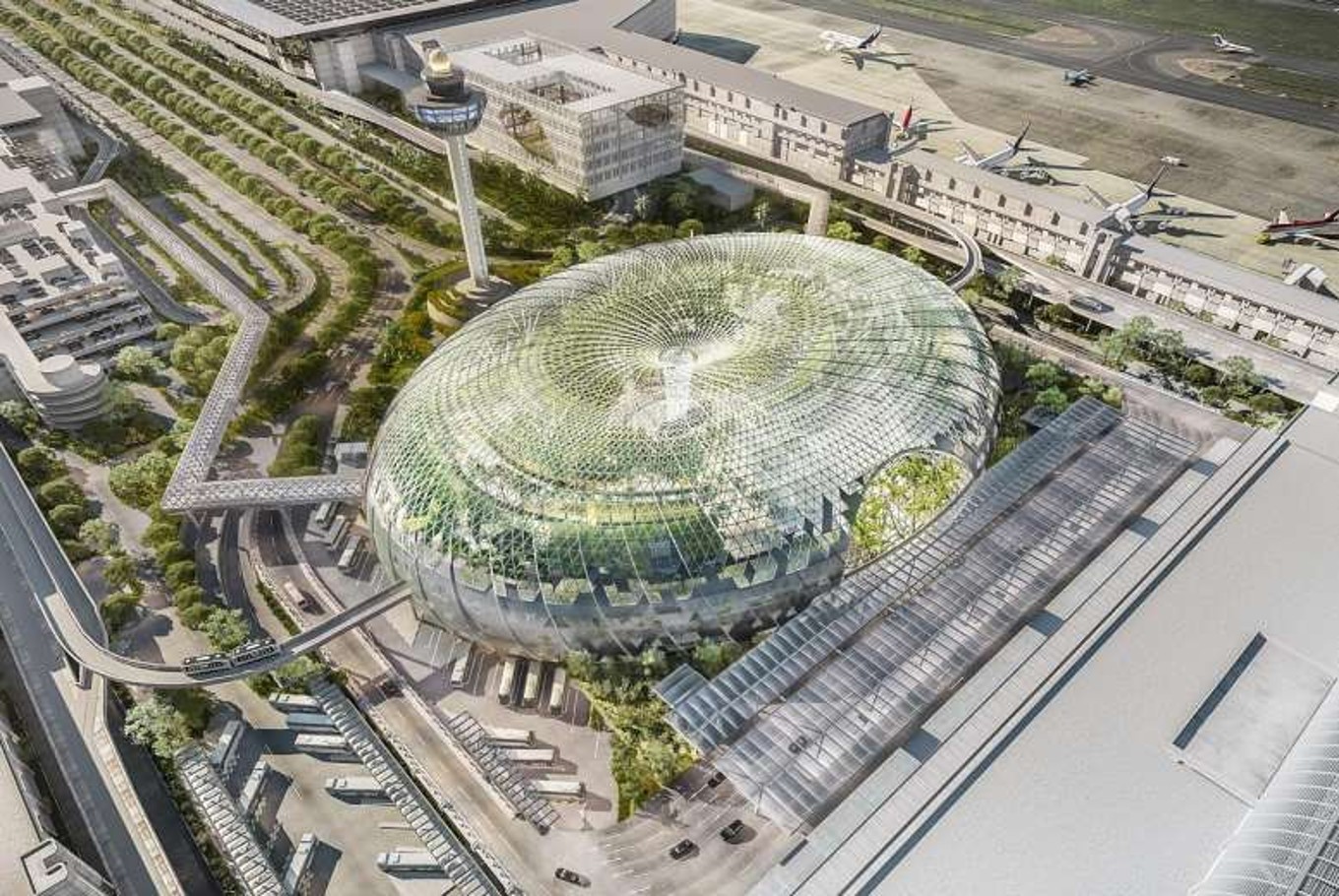Spanning a massive 1,080 hectares (equivalent to more than 660 football fields), the Changi East project is Changi Airport’s largest development in its history.
According to Changi Airport official website, an inter-agency Changi 2036 Steering Committee was established in 2012 to develop a plan for this mammoth expansion for Changi, which included a recommendation to construct a fifth terminal, Terminal 5 (T5) .

As reported by The Straits Times, with Changi on track to maximise the existing capacity at Terminals 1, 2, 3 and 4 before the end of the next decade, Singapore needs T5 to stay ahead in a very competitive race for premier air hub status.
Thus, what about this mega-airport that you should at least know?
Here are quick facts about the terminal which has progressed apace throughout 2017:
(Note: As compiled from Changi Airport Group official website and reported by Channel NewsAsia Insider as well as The Straits Times)
# It will sit on the Changi East Site, which about the size of Tampines New Town. Also, it will have a capacity similar to that of Terminals 1 to 3 combined
# T5 will have an initial capacity of 50 million passengers per annum (mppa), bringing Changi Airport’s total handling capacity to 135 mppa by the end of the next decade
# It is also ready to tap the Asia Pacific, the world’s fastest-growing market, citing the numbers of passengers by 2034 from China (1.3 billion), India (442 million) and Indonesia (242 million)


# The terminal is situated on reclaimed land made of soft marine clay, almost toothpaste-like in texture. Ground improvement works to about one-third of the site are necessary to increase the strength of the soil before new airport facilities can be constructed.
# It is slated for completion around 2030, where works will be carried out in more than 70 sub-phases over five to six years

# To ensure adequate runway capacity for the airport’s continued growth beyond this decade as well as to cater to the future T5, an existing third runway (Runway 3) used by the military will be converted for joint military-civilian use.
# The Runway 3 will be lengthened from 2.7km to more than 4km to handle the flights of Dream Jetliner or the Airbus A380
# The Terminal 5 will be built 5.5 metre above average sea level of 100 metre. This is higher than the other terminals
# Terminal 5 will definitely strengthen the country’s status as key aviation as it complements Jewel, soon to complete in 2019, a lifestyle and retail hub set to attract tourists and locals as well as the Terminal 4, opened in October 2017 and still expanding

# Technology aspect also will be upgraded to make the ageing workforce do their jobs and make travelling easier for all walks of life
# The size of the terminal will allow airlines to add more links and flights, which indirectly means to bring greater connectivity for Singapore and more ease for local business and SMEs expanding overseas
# The terminal will be divided into sections and new forms of sky trains will be introduced
# Tunnels will be built to link T5 and the other terminals to make a mega terminal feel cosy and seamless
# Besides plenty of signature greenery, there will be an emphasis on renewable energy sources built within the terminal

Source : Changi Airport Group Official Website, Channel NewsAsia Insider and The Straits Times


















